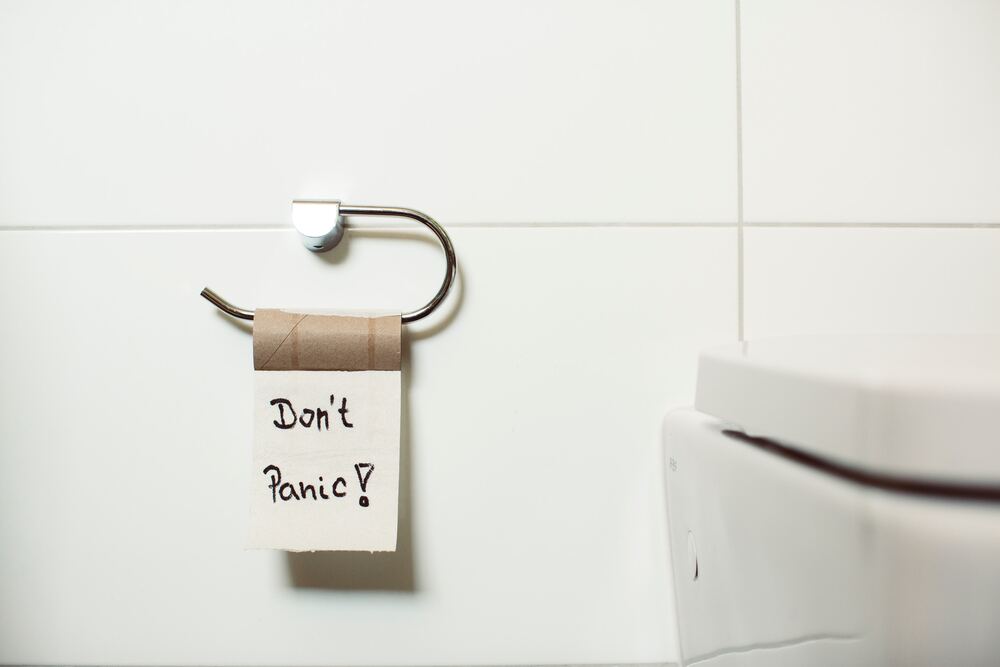That was the question I posted on a forum for students in 2016. I was a student myself at the time, and I was sitting on the couch in my student apartment. It was evening, and I was losing control. I had a full-blown panic attack. It wouldn’t have been visible to other people, but I felt like I was dying. My heart was racing, and my thoughts were going 1000 kilometers an hour. I need to stand up. I need to walk. No, I need to sit down… No, walk again. Pacing. What am I doing? I don’t know. I don’t know what to do. I’m going crazy. I had no idea what to do anymore.
Help.
I need someone. Anyone. Now. I can’t handle this. Who is still up and wants to talk to me?
Someone replied. She told me that she also experienced panic attacks and knew what I was going through. She was trying to calm me down. Assured me that I was not going to die. I had survived previous panic attacks, so I would survive this one. She told me that it was going to be alright. I was going to be OK.
It helped. Slowly but surely, I calmed down. The panic attack was over. I had survived another panic attack. I thanked her from the bottom of my heart. This person, a complete stranger, was standing by my side while I was experiencing one of the worst panic attacks I’d had in years.
I see similar questions on forums on the internet. It is both heartwarming and heartbreaking at the same time. There are so many people who genuinely want to help. They share techniques that they have learned or give words of reassurance. And the questioner will get through the panic attack.
This kind of support is amazing, but it’s not a sustainable solution. The panic is going to come back at some point.
You don’t just want the panic attacks to go away. Even more so, you don’t want to be afraid of the next one.

That is why the ultimate, sustainable solution for panic attacks is a holistic approach that focuses on your lifestyle and thinking patterns in general.
Working on your thinking patterns looks like this:
- Bring your (mostly) unconscious thoughts to the surface.
- Observe those thoughts.
- Realise that you can choose to focus on different, helpful thoughts.
- Choose to focus on the helpful thoughts.
- Practise with this. As often as you can.
It’s very hard to do this while you’re having a panic attack. That’s why you need to practise with it beforehand. What this does is reprogramming your brain, and that takes time. If you want to read more about it, search for ‘rational emotive behavior therapy‘. A great source on how to observe your thoughts and why we should learn how to do that is the book ‘The Power of Now‘ by Eckhart Tolle.
Another powerful tool is visualisation. It’s used in sports psychology to improve athletic performance and can also be used to get through an anxious situation more easily. Once you have created an internal comfort zone, the place or situation won’t scare you as much anymore.
A healthy lifestyle, which includes mental rest, nutrition, exercise, and sleep, is what is going to be a game changer. When you experience frequent panic attacks, your nervous system is overstimulated. You want to take away as many stressors from your body and mind as you can so that your nervous system can heal. In many cases, it will prevent the start of the vicious cycle of a panic attack. And if the vicious cycle does start, you will know how to calm yourself. You will learn that you don’t need anyone or anything else for that. The power of your thoughts is very, very strong.
If you feel like this is the way to go to break free from your panic attacks once and for all, have a look at other pages of this website. I can be there for you not just when you have a panic attack, but on your whole journey towards no panic attacks at all.